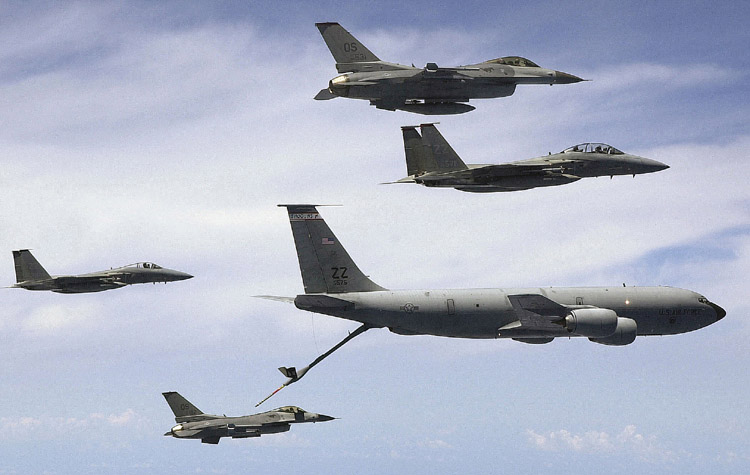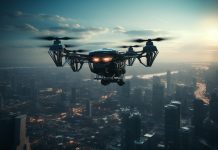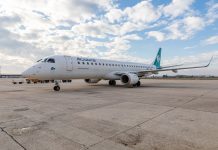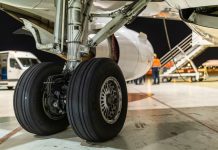In this space dedicated to our geek readers, we often cover tools and manoeuvres that are used in military aviation.
In-flight refuelling, which we are about to cover the history and secrets of, is precisely one such topic. The reason is obvious: airliners take off from airport A and land at airport B, which means that the necessary fuel quantities can be precisely calculated. In order to decide how much fuel is required for an airliner, three fundamental pieces of information are taken into account:
- The fuel needed to cover the route
- An additional amount of fuel should the plane be required to land at an airport other than its destination, known as a diversion airport
- Extra fuel for “any other circumstances”, known as contingency fuel, which might be needed, for example, in case of adverse weather conditions
In-flight refuelling is a procedure mainly used in the military field. This delicate operation allows fuel to be transferred from a tanker aircraft to another aeroplane while they’re both flying.
The first experiments date back to the 1920s, when, during flight, a tanker aircraft would position itself just above the aeroplane that needed refuelling and a flexible hose would connect the two tanks. These initial complex and risky in-flight refuelling operations were successful. It was only at the end of the 1940s, though, that this procedure would prove crucial to establish flight records. The Boeing B-50 Lucky Lady II went around the world in 94 hours and 1 minute non-stop using three in-flight refuelling procedures performed by KB-29M tanker aircraft.
Later, in-flight refuelling was used during the wars. In Vietnam, in the Falklands and in the most recent Gulf War, several techniques were used in order to allow aeroplanes to cover longer distances and fly carrying less weight, receiving fuel according to tactical necessity.
There are several types of in-flight refuelling system:
- Flying boom: a rigid tube operated by a boom operator through a system of video cameras and remote controls
- Probe and drogue: a flexible hose connects the tanker aircraft to the receiver aircraft, as in the early experiments during the 1920s
As already mentioned, in-flight refuelling is an operation used only in military aviation. There is, however, an exception in the form of the United States presidential aeroplane, Air Force One, which is a cross between a military aeroplane, a civil aeroplane and a royal palace.
The President’s Boeing 747 aircraft can fly non-stop for 7,800 miles, only being refuelled in-flight in exceptional cases, which include a crisis, a nuclear attack or life endangerment for the President’s family.
(Header photo: Wikipedia)




